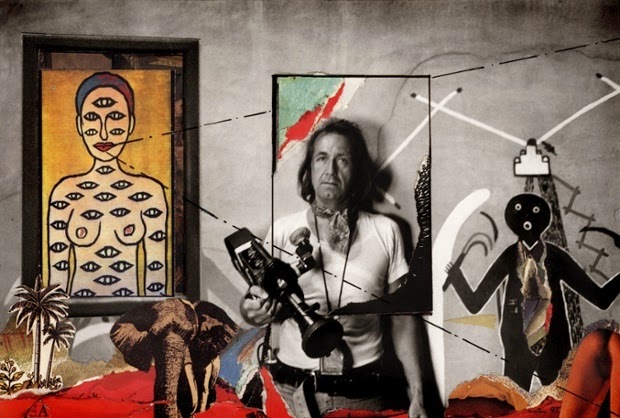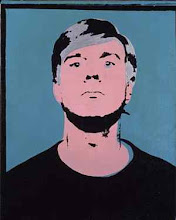Selected images of Anselm Kiefer's installation - Velimir Khlebnikov: Fates of Nations: The New Theory of War. Time,
Dimension of the World, Battles at Sea Occur Every 317 Years or Multiples
Thereof, Namely 317 x 1, 2, 3, 4, 5, 6 . . . . . . . ., 2011-1 - in the Annenberg Courtyard in front of the RA; the installation is part of Anselm Kiefer, a wonderful exhibition at the Royal Academy of Arts until 14 December 2014 - see also blog entry below. (Click on images to enlarge.)
The work is described, by the RA, as follows:
Anselm Kiefer often dedicates his works to intriguing figures of the past,
be they poets or philosophers. This piece is one of a number of works emerging
from Kiefer’s ongoing exploration of the Russian Futurist avant-garde writer,
theorist and absurdist Velimir Khlebnikov (1885-1922).
After years of study, Khlebnikov concluded that
a major sea battle took place every 317 years, or multiples thereof. Kiefer
celebrates this heroic and ludicrous activity with a work that is both monument
and anti-monument. Measuring almost 17 metres in total and consisting of two
large glass vitrines, Kiefer creates a transparent, reflective sea-scape in
three dimensions that calls to mind the Romantic sublime of painters from JMW
Turner to Caspar David Friedrich. Kiefer uses the frames of the vitrines to
stage a mysterious drama, in which viewers, seeing each other and their own
reflections, become participants.



























.jpg)
.jpg)


.jpg)



.jpg)
.jpg)








